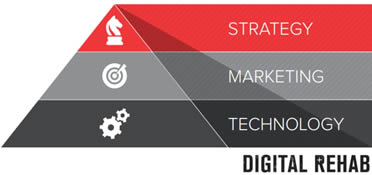While in transit on a recent trip to Hanoi, I take a moment to reflect on my historic prejudice and reluctance for offshoring work. I question why I have such prejudice and challenge myself to debate out the strengths and weaknesses. Here are my musings.
Always my concerned is with ‘quality’. For some reason, until now I associate development work from Asia, Indian, Africa and South America to be inferior or even ‘shoddy’. Yet, as I reflect on this – there is no basis in holding such a prejudicial view particularly when you consider that much of the worlds manufacturing takes place across these same geographies.
Up until 2011, I only ever worked with technical companies and partners within Australia. I was late on the ‘takeup’ of resourcing projects abroad.
Many, if not all who have previously engaged with offshore developers will have their own stories (both good and bad) to share. From my experience after dabbling on development engagements across India, Poland, Romania, Philippines and now Vietnam, offshoring can provide much needed scalability, access and talent needed to provide capacity to deliver upon projects.
While the lure of affordability and different time zones is incredibly enticing, it is the language barrier and lack of processes that represent considerable risk.
There are a large number of positives and reasons that substantiate the need and value of offshoring but even so, I cannot help but still think, if you are going to offshore medium to large projects, you at very least need to jump a plane and work with the respective teams face-to-face to head off risks borne from miscommunication.
Given the costs and frankly the lack of attainable talent in Australia, it has meant that business has been forced to look abroad to fill the void. I have no issues with this practice at all – just that clients need to have a better comprehension as to what it means.
While it is entirely possible to save on expensive local development costs by electing to use offshore teams, the burden falls very heavily on the project management role and function to be able to mediate, coordinate and over communicate with offshore teams – save for more efficient processes and systems. In my view, this impost on the PM function increases time and thus costs around project management duties.
Given that I have now offshored over 100 projects, 20 most recently to a new partner in Vietnam, I see huge value and benefits of offshoring from a clients standpoint. I just think that with offshoring comes increased need for PM and more regular communication. If this is properly factored, then offshoring is a very advantageous delivery option for anyone looking for software or application development.











